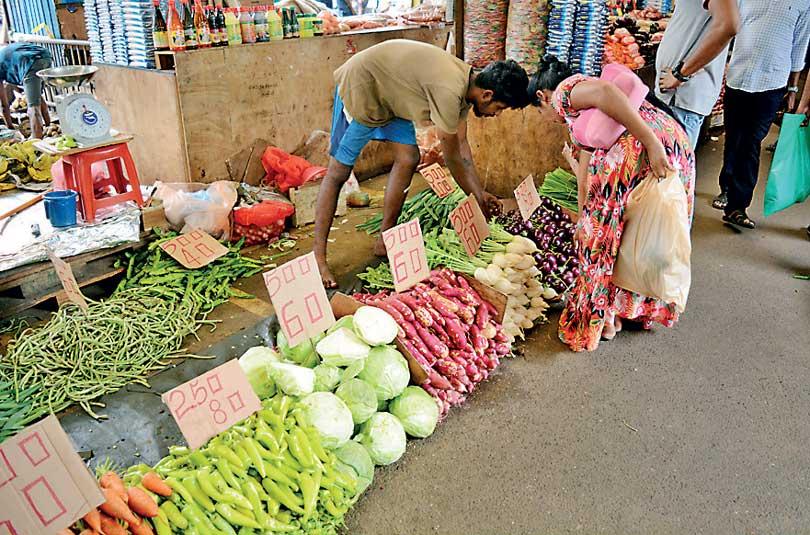Reply To:
Name - Reply Comment


Sri Lanka’s overall inflation rate, as measured by the National Consumer Price Index (NCPI), experienced a significant decline in July, dropping to 4.6 percent on a year-on-year (YoY) basis, against 10.8 percent in June.
This level aligns closely with the authorities’ preferred range for consumer price movement. The decrease can be attributed to the moderation of prices across various goods and services categories from their recent peaks, while the higher base effects last year did the heavy lifting.
Meanwhile, the monthly prices witnessed deflation, as they fell by -0.7 percent in July.
Sri Lanka was battling runaway prices for much of the last 18 months when the high global energy and food prices and the sudden floating of the rupee sent inflation to 70 percent levels in September, last year.
The softer-than-anticipated inflation prints by both the NCPI and Colombo Consumer Price Index (CCPI) for July could further embolden the Monetary Board to announce another policy interest rate cut on Thursday, continuing the aggressive monetary easing set off in June.
The CCPI, the officials’ preferred inflation gauge, decelerated to 6.3 percent in July, from 12 percent in June.
The Central Bank’s target inflation range is set between 4 and 6 percent.
The Monetary Board delivered two rate cuts totalling to 450 basis points in June and July. In addition, the banks’ reserve requirement or Statutory Reserve Ratio (SRR) was slashed by 200 basis points in early August.
Analysts expect the Monetary Board to continue on the easing path in August too, as the deceleration in prices provides wiggle room to bring down the borrowing cost in the economy, in a bid to ramp up economic activity.
The faster than anticipated disinflation appears to have turned the real rates positive by now. However, the actual prices continue to remain considerably elevated compared to previous levels and the potential for unexpected increases in prices has not entirely diminished. The ongoing heatwave is exacerbating supply constraints, leading to elevated prices, particularly within the food sector. For instance, India this week decided to limit exports of big onions and slapped a 40 percent tax to keep the local prices stable, as the hottest weather they are currently experiencing is straining supplies.
In response, the big onion prices have soared nearly 50 percent in the local market, as the supplies have weakened while the demand has also increased as of late, perhaps due to the easing inflation levels.
The national food prices came down by 2.5 percent annually and 0.4 percent monthly, reflecting an element of true easing in prices.
The non-food prices rose 10.9 percent in July from a year ago, albeit down from 18.3 percent through June, while the prices measured monthly declined by 1.0 percent, as many sub-categories of inflation eased, except for a few, including transport, due to the upward price revision in petrol.
Meanwhile, the core inflation, measured barring the often-volatile items such as food, energy and transport, decelerated to 6.3 percent in July, from 11.3 percent in June.
Although the official price indices indicate a sustained decrease in inflation, the actual prices of goods and services continue to astonish many, as they still remain significantly higher by several multiples compared to the pre-crisis levels. However, people’s incomes have seen limited or no growth.